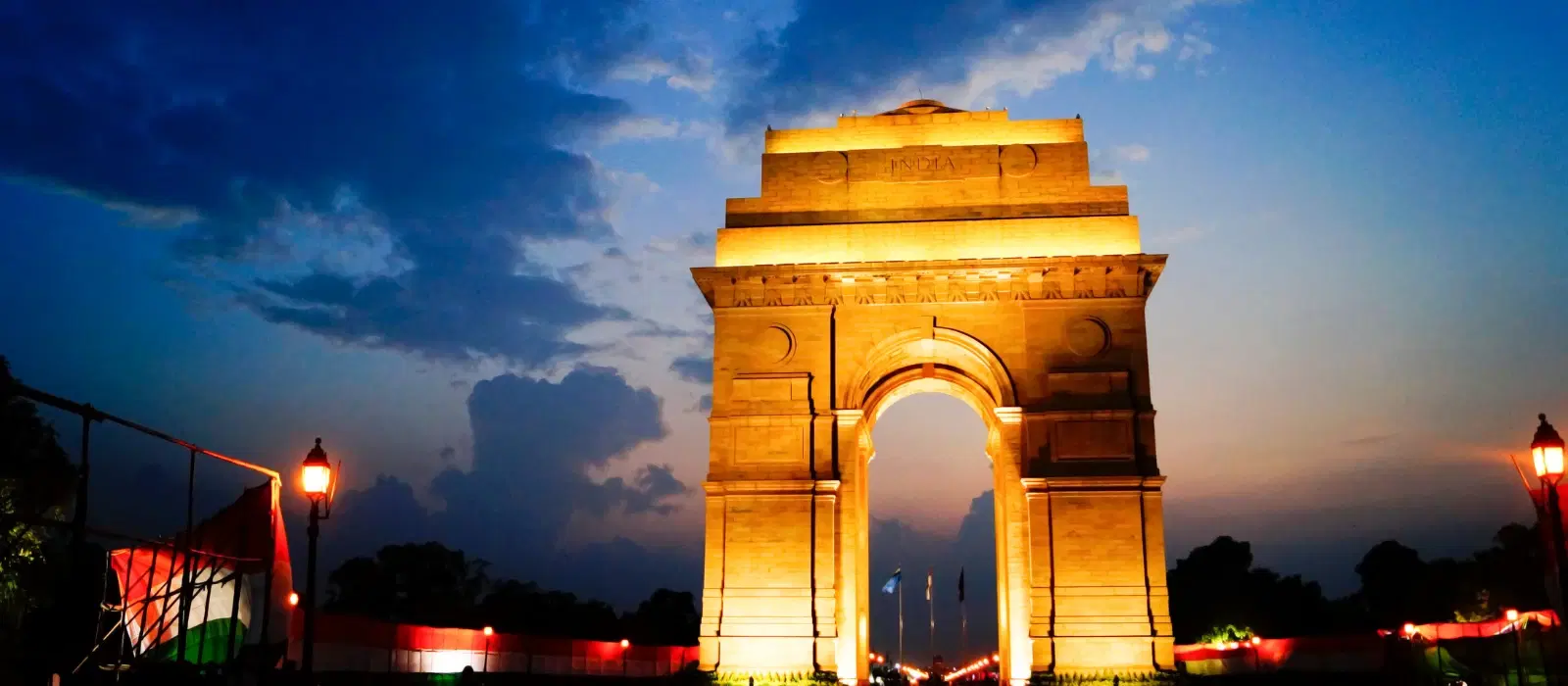
Hotels
•03 min read

Imagine a land where vibrant festivals, majestic landscapes, and diverse cultures converge under one sky. India's vast expanse offers a kaleidoscope of experiences, but the secret to an unforgettable journey lies in choosing the right season for each region. This guide offers expert insights into the best time to visit India by region, taking into account local weather patterns, seasonal attractions, and the unique charm of each area.
India is a country of extremes, where the climate can swing from sweltering heat to crisply cool nights depending on where and when you visit. The geographical diversity means that while one region may be basking in the glow of winter sunshine, another might be under the heavy blanket of monsoons. Understanding these variations is crucial for tailoring your travel plans. The four main travel seasons – winter, summer, monsoon, and autumn – influence the overall experience and accessibility to India’s top destinations.
Each part of India has a signature weather pattern. In the north, cool, dry winters are ideal for exploring historical sites, while the southern states shine during a pleasant period between November and February. The eastern and northeastern regions swiftly change from misty monsoons to clear, refreshing winter days, and the western areas provide a mix of coastal breezes and inland heat. These factors make seasonal travel tips essential for any trip to India.
For destinations like Delhi, Rajasthan, and the iconic Golden Triangle, the best time to visit is from October to March. During these months, you can delight in the Jaipur Kite Festival, experience the magic of lively bazaars, or embark on adventurous winter safaris in Ranthambore. The cooler weather not only offers comfort but also enhances the historical ambiance of ancient forts and palaces.
North India in winter offers cool, dry conditions that are tempting for explorers keen on visiting the Taj Mahal and other historic monuments. Conversely, the summer can be extremely hot, and the monsoon season may bring unpredictable showers, making travel less comfortable. Seasoned travelers know that selecting October to March maximizes both comfort and cultural engagement.

The regions of Kerala, Tamil Nadu, and Karnataka are best savored between November and February. This period boasts pleasant weather ideal for cruising Kerala’s backwaters and appreciating the intricate temple architecture of Tamil Nadu. The charm of the south is in its lush landscapes and vibrant cultural heritage, which is at its peak during these months.
South India experiences a dramatic transformation during the monsoon season from June to September, turning the region into a breathtaking green paradise. However, this same period can disrupt travel plans with heavy rain and humidity in the summer months (March to May), which makes exploring coastal areas less enjoyable. Understanding these patterns can help tailor your itinerary to experience the best that South India has to offer.
For a true taste of nostalgia and natural beauty, consider visiting Kolkata and the northeastern states – including Assam, Meghalaya, and Arunachal Pradesh – from October to April. This window offers clear skies and cool weather, ideal for enjoying scenic tea plantations in Assam and trekking through the meandering hills of Meghalaya.
The monsoon season, extending from June to September, brings heavy rainfall that is a treat for nature enthusiasts but presents challenges for smooth travel. On the other hand, the winter months bring crisp air and comfortable temperatures, perfect for outdoor adventures and cultural exploration in these regions.
Mumbai, Gujarat, and Goa beckon from November to February. During this period, travelers can enjoy moderate weather and participate in vibrant festivals, including Diwali. The beaches of Goa offer a refreshing break, while historical sites in Gujarat invite leisurely exploration without the burden of extreme weather.
West India experiences a rejuvenating monsoon period from June to September, ideal for witnessing the region's natural revival but often unsuitable for outdoor activities. In contrast, the summer months (March to May) can be unbearably scorching in inland areas, making it imperative to plan your visit carefully for maximum comfort.

"Did you know? Many of India’s most iconic festivals, such as Holi in March and Diwali in October or November, align with the best travel seasons. Planning your trip around these events can offer a unique cultural experience while enjoying favorable weather conditions."
October to March is generally considered the best time to visit India, as most regions experience pleasant weather during these months.
The summer months (April to June) and monsoon season (July to September) are typically less crowded and offer lower travel costs, though weather conditions may be less favorable.
The peak travel season in India is from October to March, when the weather is ideal for exploring most regions and popular attractions.
November to February offer the best weather in India, with cool and dry conditions across most regions.
India’s diverse regions offer unique travel experiences, but timing your visit is key to making the most of each destination. By understanding the ideal months to visit different regions, you unlock the potential to enjoy favorable weather, spectacular festivals, and rich cultural heritage. This climate guide for India regions enables you to plan a journey that is as enriching as it is memorable.